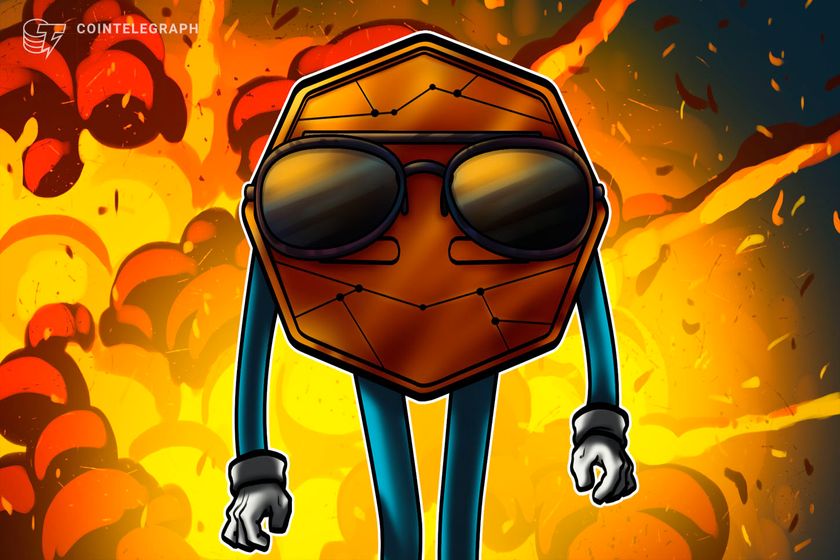
Palaeognathae (meaning ‘old jaws’) is a small group of birds which includes several species that have evolved flightlessness and gigantism, such as emus, ostriches, and the now-extinct giant moa.
Palaeognath birds. Image credit: Bernard Dupont / Kore / Kadellar / Frank Vincentz / Rohit / Manuel Anastácio / CC BY-SA 4.0.
“Palaeognath birds include the flightless ratites (emu, rhea, ostrich, cassowary, and kiwi), as well as the tinamous which are poor at flight,” said Dr. Fay Clark from the University of Bristol and colleagues.
“Palaeognaths are the smaller and more ancestral of the two living bird clades and share more morphological features with extinct birds and extinct (non-avian) dinosaurs.”
“Palaeognaths have the smallest relative brain size and relative forebrain size of all birds, and this has been linked to a relative lack of evolutionary diversification and lack of parental investment.”
“Interestingly, ratites and tinamous have repeatedly lost their ability to fly and there is no clear relationship between flightlessness and brain size.”
“Although the ostrich has the largest absolute brain of all living birds, its brain is much smaller than predicted for body size (brain size 40.25 g, body size 120.05 kg).”
“Furthermore, specific areas of the avian brain linked to cognition such as the pallium are reduced in size, complexity or neural activity in palaeognaths.”
“The only palaeognath species that defies this trend is the kiwi; it has a relatively large forebrain which may have evolved due to the strong sensory and perceptual pressures of nocturnality.”
Dr. Clark and co-authors designed a puzzle to test the problem-solving abilities of several zoo palaeognaths — three emus, two rheas, and four ostriches.
The puzzle required the birds to line up holes in a plastic wheel held together by a nut and bolt to obtain a food reward.
Each bird species was first shown a solved version of the puzzle with the food freely available, then given an unsolved puzzle to complete within 30 minutes.
All three emus solved the puzzle on the first attempt and could solve it again once the puzzle was reset; one rhea obtained the reward without correctly solving the puzzle by dismantling it, loosening the bolt from the nut to uncover all five food chambers.
However, on subsequent attempts the rhea solved the puzzle by spinning the wheel as intended.
None of the ostriches were able to solve the task.
“A large body of research shows that crows and parrots are effective problem-solvers, and while scientists have recently taken interest in other birds like gulls and birds of prey, all of these birds belong to the same phylogenetic group, Neognathae,” Dr. Clark said.
“The problem? The more we study the same species repeatedly, the more we create an ‘echo chamber’ of knowledge and create a false impression that other species are less ‘intelligent’ but in reality they haven’t been studied to the same level.”
“We classify palaeognath innovation as low level or simplistic — and it is certainly not as complex as the innovation we see in crows and parrots.”
“However, it is still a very important finding.”
“There were no reports of technical innovation in palaeognaths before our study, and there was a prevailing view that they are ‘dumb’ birds.”
“Our research suggests that is not true and that technical innovation may have evolved far earlier in birds than previously thought.”
The study was published in the journal Scientific Reports.
_____
F.E. Clark et al. 2025. Palaeognath birds innovate to solve a novel foraging problem. Sci Rep 15, 4512; doi: 10.1038/s41598-025-88217-8













